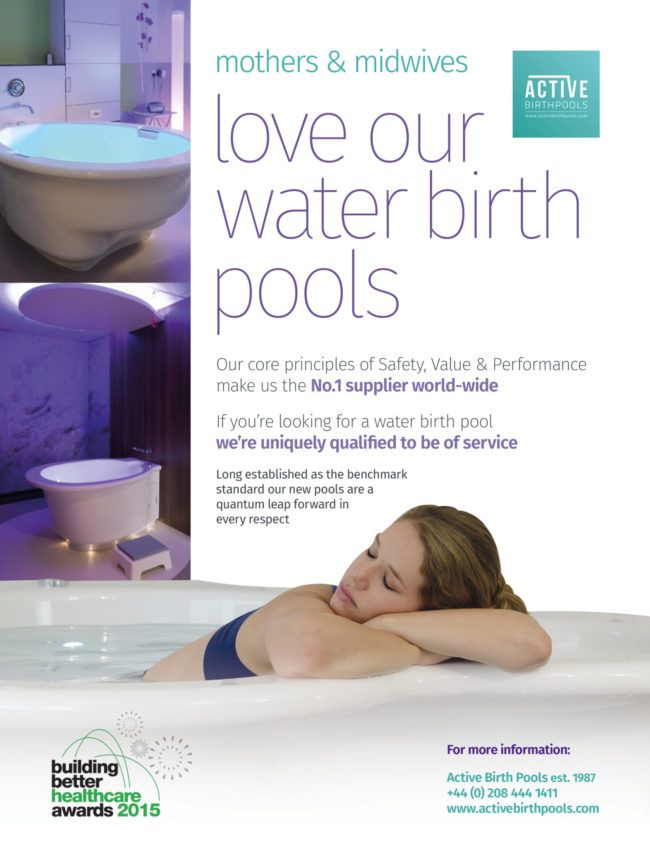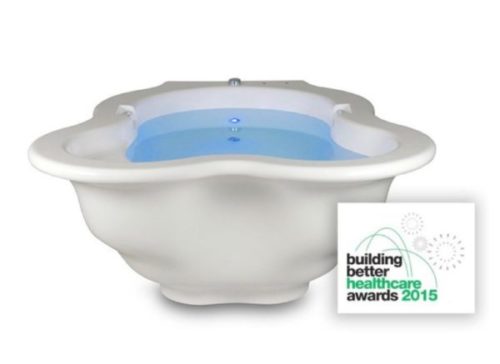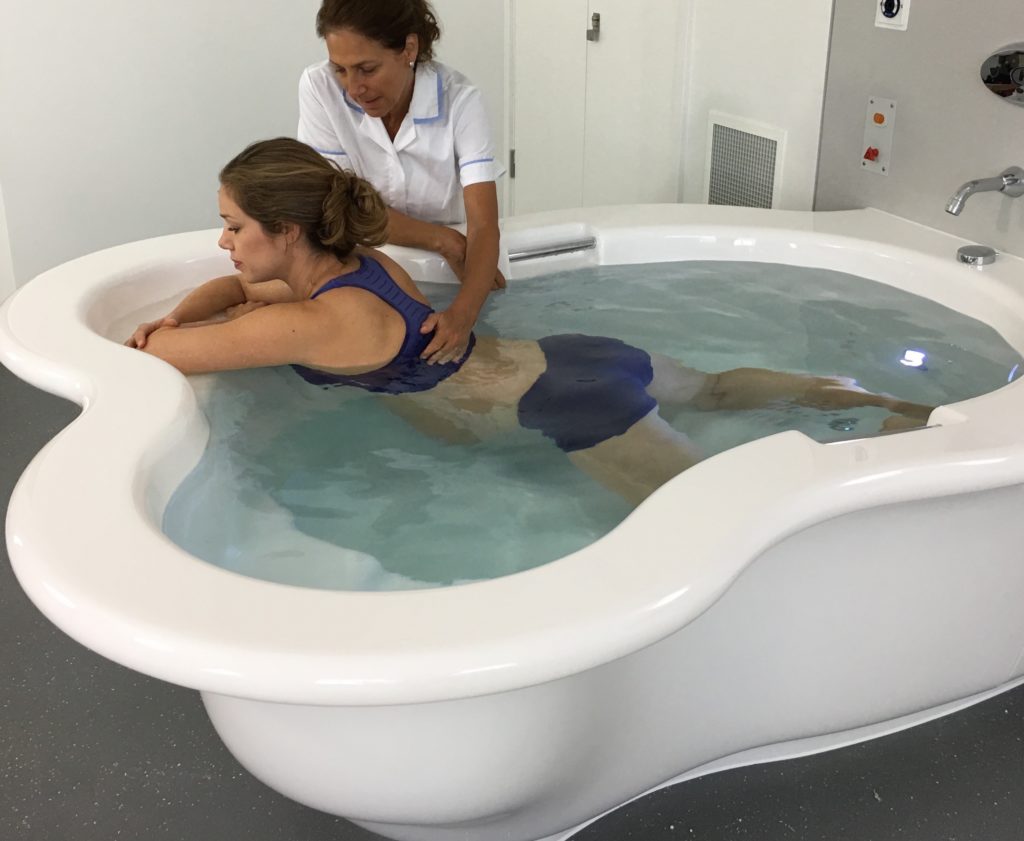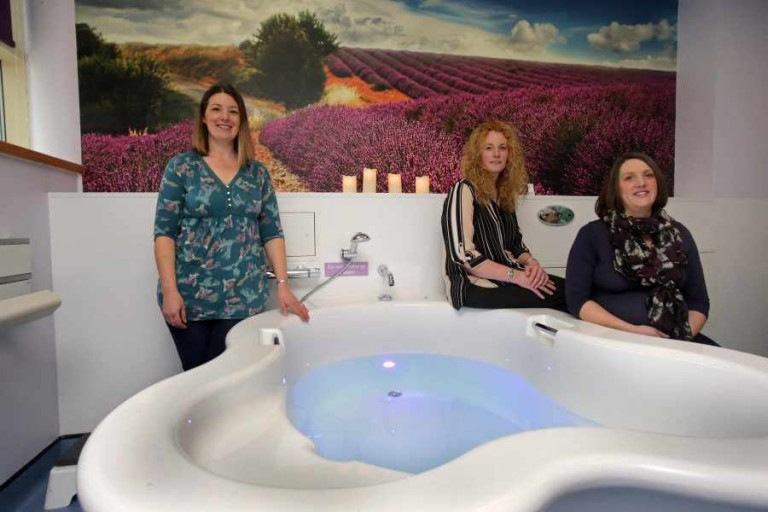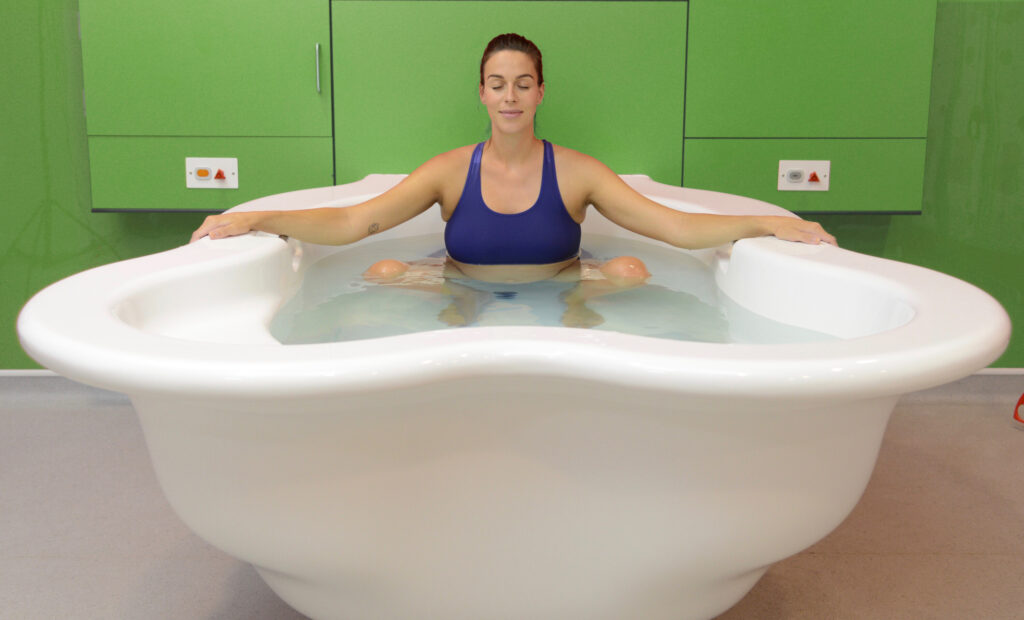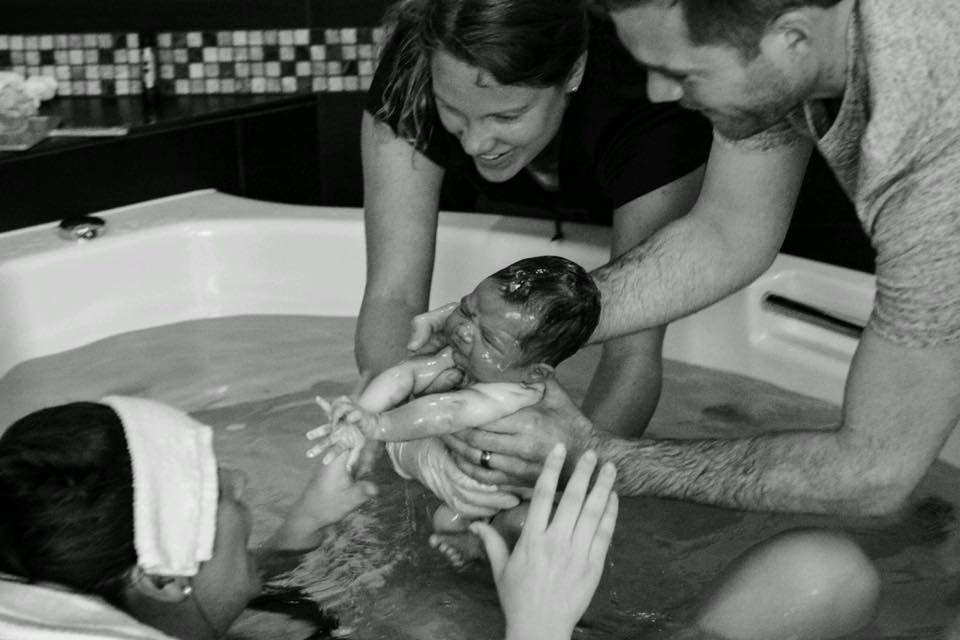Background
Enthusiasts suggest that labouring in water and waterbirth increase maternal relaxation, reduce analgesia requirements and promote a midwifery model of care. Sceptics cite the possibility of neonatal water inhalation and maternal/neonatal infection.
Objectives
To assess the evidence from randomised controlled trials about immersion in water during labour and waterbirth on maternal, fetal, neonatal and caregiver outcomes.
Search strategy
We searched the Cochrane Pregnancy and Childbirth Group’s Trials Register (October 2008).
Selection criteria
Randomised controlled trials comparing any bath tub/pool with no immersion during labour and/or birth.
Data collection and analysis
We assessed trial eligibility and quality and extracted data independently. One review author entered data and another checked for accuracy.
Main results
This review includes 11 trials (3146 women); eight related to the first stage of labour, one to the first and second stages, one to early versus late immersion in the first stage of labour, and another to the
second stage.
We identified no trials evaluating different baths/ pools, or the management of third stage of labour.
Results for the first stage of labour showed there was a significant reduction in the epidural/spinal/paracervical analgesia/anaesthesia rate amongst women allocated to water immersion compared to controls (478/1254 versus 529/1245; odds ratio (OR) 0.82, 95% confidence interval (CI) 0.70 to 0.98, six trials).
There was no difference in assisted vaginal deliveries (OR 0.84, 95% CI 0.66 to 1.06, seven trials), caesarean sections (OR 1.23, 95% CI 0.86 to 1.75, eight trials), perineal trauma or maternal infection.
There were no differences for Apgar score less than seven at five minutes (OR 1.59, 95% CI 0.63 to 4.01, five trials), neonatal unit admissions (OR 1.06, 95% CI 0.70 to 1.62, three trials), or neonatal infection rates (OR 2.01, 95% CI 0.50 to 8.07, five trials).
A lack of data for some comparisons prevented robust conclusions. Further research is needed.
Please click here to read the full article
